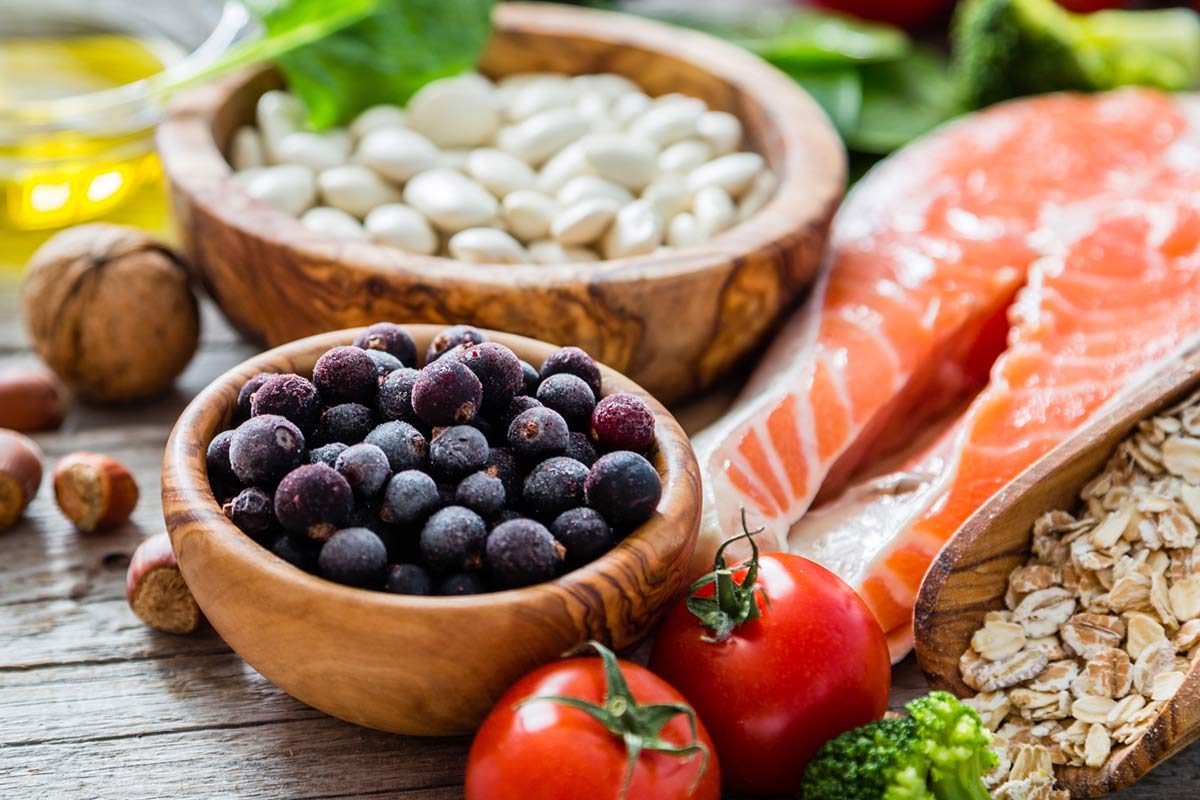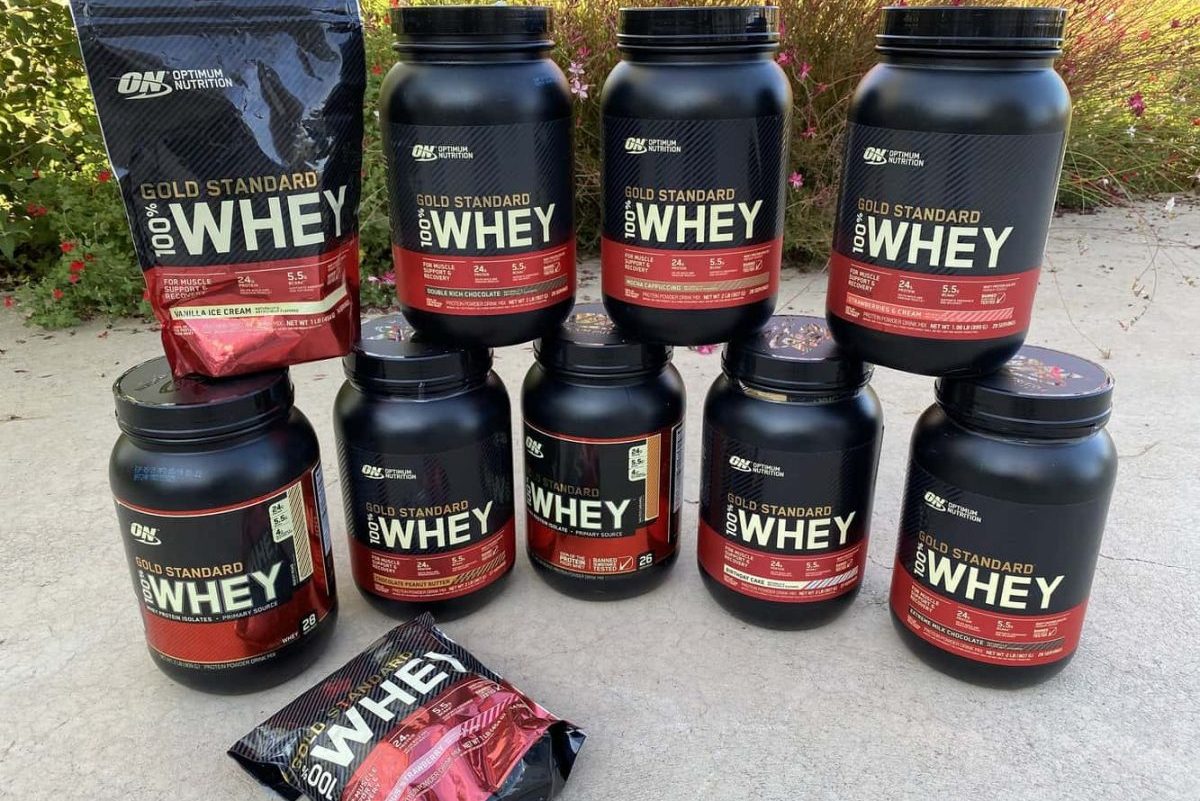Keep reading if you’re looking for creative and engaging ways to teach students about healthy eating! I’ve put together a collection of fun games that help kids understand the importance of nutrition and keep them entertained. From Bingo to Jeopardy and even a playful restaurant role-play, each game is designed to make learning about healthy choices an enjoyable experience. Plus, for those of you who love a good brain teaser, I’ve found some fantastic words for word association games to boost vocabulary in a nutritious context. So, let’s dive into these deliciously fun educational activities and get our young chefs excited about making healthier food choices!
Interactive Food Plate
Create a large visual of a food plate divided into vegetables, fruits, grains, proteins, and dairy sections. Have students use pictures or actual food models to fill in each section. For example, give each student food cards and ask them to place them in the correct section on the plate. Discuss why each food belongs in its particular section and how it contributes to a balanced meal.
Grocery Store Tours
Organize a field trip to a local grocery store or set up a mock grocery store in the classroom. Guide students through different sections, explaining the importance of various food groups and how to read nutrition labels. For example, the produce section discusses the benefits of different colors of fruits and vegetables and what vitamins they provide.
Cooking Classes
Organize a cooking class where students prepare simple, healthy dishes. This hands-on experience teaches them how to incorporate a variety of food groups into their meals. For instance, have students make a vegetable stir-fry, explaining each ingredient’s nutritional value as they cook.
Garden-Based Learning

If possible, involve students in growing their own vegetables and herbs. This can be a rewarding way to learn about nutrition and the importance of fresh foods. For example, start a small garden to grow tomatoes and basil and use the harvest to make a healthy tomato salad.
Nutrition-Based Science Experiments
Conduct experiments that reveal sugar content in different beverages or show how different foods affect energy levels and digestion. For instance, demonstrate how much sugar is in various drinks by measuring out sugar in teaspoons according to the content listed on the beverage labels.
Healthy Eating Word Game: Nutri-Scramble
Create a word game that encourages students to learn about healthy foods. Prepare cards with scrambled words related to nutrition (e.g., “LBUEBRREY” for “Blueberry”). Divide the students into teams. One student from each team draws a card, and the team has 30 seconds to guess the unscrambled word. Each correct answer earns a point, with bonus questions about the health benefits of the unscrambled food for extra points.
Example Round:
Scrambled word: ARTOCR (Carrot)
The team guesses “Carrot.”
Bonus question: “What vitamin is carrots high in?”
Correct answer to the bonus: “Vitamin A”
Food Group Bingo
Create bingo cards with different food items in each square instead of numbers. During the game, call out the names of various food items or show pictures, and students mark them if they appear on their cards. The first student to complete a line shouts, “Bingo!” For example, the squares might contain items like “banana,” “whole wheat bread,” or “almonds.” This game helps reinforce the recognition of healthy food options.
Nutrition Jeopardy
Set up a Jeopardy-style game with categories like Fruits, Vegetables, Protein, Grains, and Fun Facts. Students choose a category and a point value and answer questions to earn points. For example, under the Fruits category for 200 points, the clue might be: “This fruit is high in vitamin C, and its name is the same as its color.” Answer: “What is an orange?”
The Healthy Plate Puzzle
Create puzzle pieces corresponding to portions of a healthy plate: fresh and dried fruits, vegetables, grains, proteins, and dairy. Each student or team gets a puzzle with mixed pieces and has to arrange them to form a complete, balanced meal on a plate. For example, one puzzle might include chicken, broccoli, rice, and milk, which must fit together on a plate template.
Food Diary and Discussion
Have students keep a weekly food diary, recording everything they eat. At the end of the week, discuss as a class what improvements could be made to make their diets healthier. For example, if a student notes they ate fast food several times, discuss healthier alternatives they could choose next time.
Guess the Ingredient
Prepare a few dishes whose ingredients are not immediately obvious, and have students taste them and try to guess the ingredients. This can help students become familiar with the flavors of different healthy foods they might not usually choose. For example, make a smoothie with spinach hidden in it and have students guess what makes it green.
Role Play Restaurant
Set up a classroom restaurant where one group of students are the chefs who prepare healthy dishes from a menu they create, and the other group are customers who order from the menu. Rotate roles so everyone gets a chance to cook and order. Discuss the nutritional content of each dish and why it’s a healthy choice. For example, a student chef might prepare a quinoa and vegetable bowl and explain why it’s a good source of protein and vitamins.







Average Rating